Compatible with most Sony E-mount cameras
For Sony cameras with full-frame and APS-C-size sensors.
Wide-angle lens for broad composition
Delivers stunning perspectives and allows you to include more of the scene in the frame.
f/1.4 maximum aperture
The wide-open aperture performs exceptionally well in low-light settings. It provides remarkable depth-of-field control, so you can softly blur the background and draw attention to your subject.
0.17x magnification
Ensures your images come out just the way you want.
Advanced optical technology
Two XA (extreme aspherical) elements in an optical design contribute to consistently high resolution throughout the image area. Three ED (extra-low-dispersion) glass elements are also included.
DDSSM (Direct Drive SSM) focus drive system
The reduced size and weight of this lens make it an ideal match for compact E-mount bodies, providing outstanding mobility.
Fast, precise, and quiet AF for stills and movies
The increased power of the DDSSM system provides faster, more precise, and quieter autofocus drive capability for outstanding performance when shooting stills and movies.
Fluorine-coated front element
The fluorine coating on the front element resists fingerprints, dust, water, oil, and mud, and ensures easy cleaning if such contaminants do become attached to the lens surface.
Smooth and versatile operation
A focus hold button is customizable from the body menu. The user can directly access a secondary function assigned to the focus hold button, such as “Grid Lines”, or “White Balance.”
High reliability in harsh conditions
The focus ring features a rubber material that makes control easy even in low temperatures, and the dust- and moisture-resistant design enhances reliability for outdoor use.
0.79′ minimum focus distance
Accommodates 67mm filters
Accessories included
Comes with a hood, front and rear lens caps, a lens strap and a case.

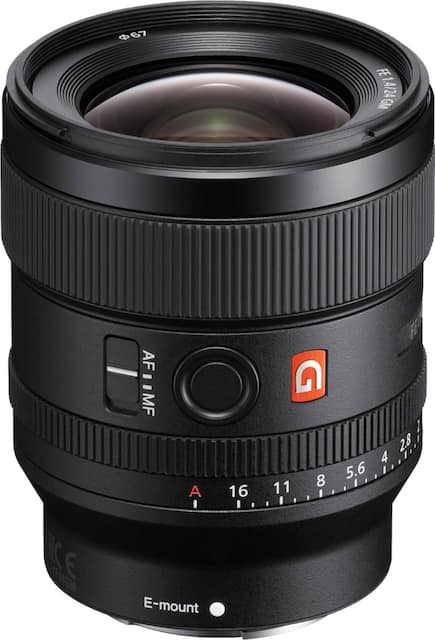
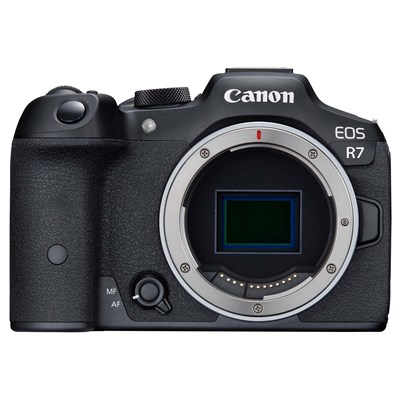
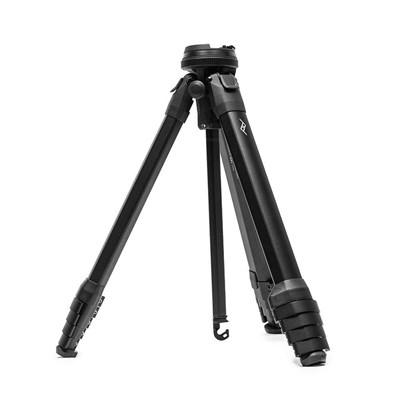
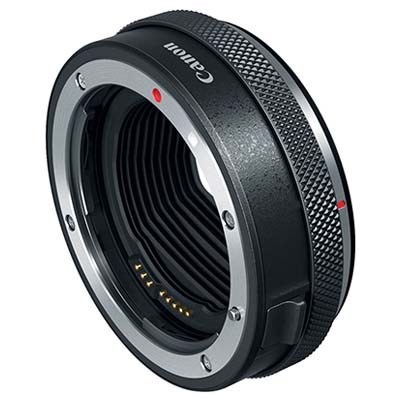
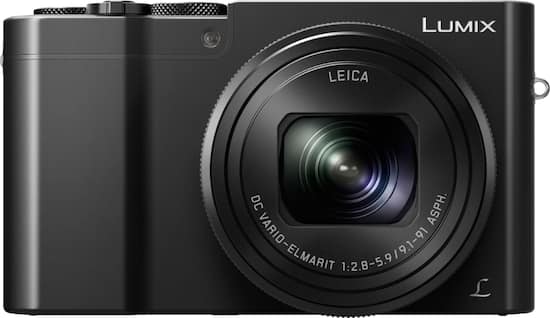
by Nick
Very nice I like it because it’s does the job I want. I mean
Best portrait.
by Steve
I love this lens for everything. One if the sharpest 24mm lenses you will find. Quality unmatched.
by Jackie
This is a great lens for a photographer, and it gives a quality shot.
by Matt
expensive, but worth it. Looks great and has good quality zoom.
by Sunny
This has been by go to everyday carry for a wide angle prime. Great astro, bokeh, and great build quality.
by Erock
Wow. This lens is gorgeous. Incredibly sharp and focuses super fast. I couldn’t be happier.
by James
Great quality lens, packaging was great and the 1.4 is all i need.
by Ezzy
All around good lens with good bright images! A bit pricey but worth it!